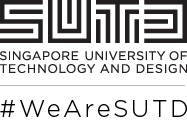Sorry for the late post – I was held up with work that piled up because of all the activities I engaged in this week.
I had lots to do.
Really.
But still, I spent 5 days of the week doing something else but work.
Last Theme Field Trip
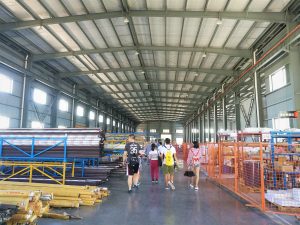
My theme paid a visit to ERIC’s Prefab Homes Factory where we got to observe first hand how prefab homes were manufactured and assembled. The hospitable staff there also took us on a tour to see their show houses. Along the way, our knowledgeable professor gave us some insights as to why the prefab homes were designed in a particular way.
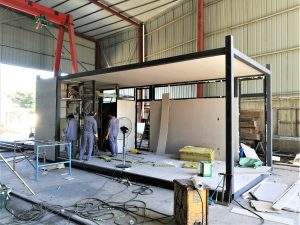
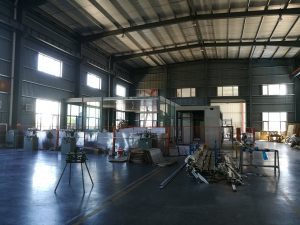
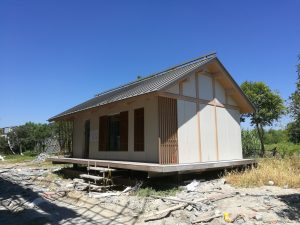
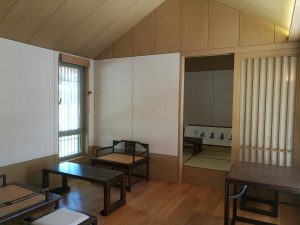
We then continued our journey to Liangzhu National Heritage Park to have a look at the semi-constructed information boxes. Construction of the information box ceased halfway because the designers realised that their design had some fundamental flaws. Their first glaring mistake was to place the air-conditioner vents facing the entrance of the information box. When entering the information box, visitors receive a “warm” welcome in the form of hot air blowing at their faces from the air-conditioner vent. Another mistake is in the choice of material for one of the walls. One of the glass walls was designated for the installation of LCD display screens which blocked out most of the view from that wall. Furthermore, the screens would only be switched on at night, meaning that in the day these large screens serve no purpose other than obstructing visitors from viewing the scenery outside. It makes me wonder why that wall is even made of glass in the first place when visitors are clearly not going to benefit from it.
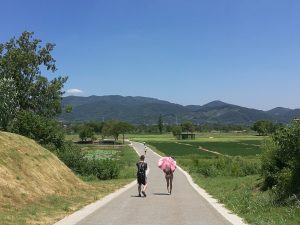
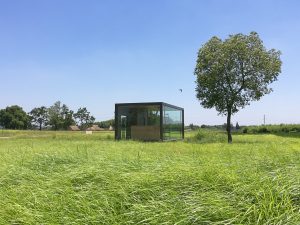
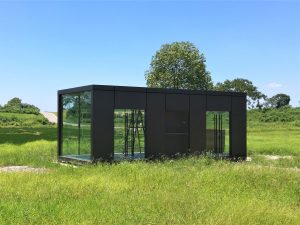
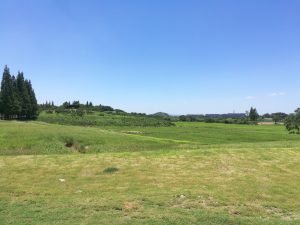
This case study emphasised on the importance of well-considered design to minimise wastage of time and resources.
Visit to Alibaba Xixi Campus
I was among the privileged to visit Alibaba Xixi Campus.


Over there, I was introduced to 无人超市, a store with no sales person, no cashiers but cameras and cameras everywhere. Entry into the store involves linking your Alipay account with the store and facial recognition. The payment process is as follows: the cameras present would first scan your face and then check if you are holding any merchandise, if you are, then money would automatically be deducted from your Alipay account.
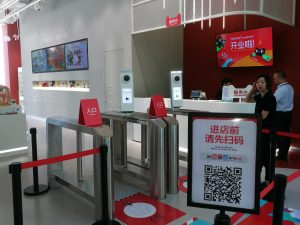
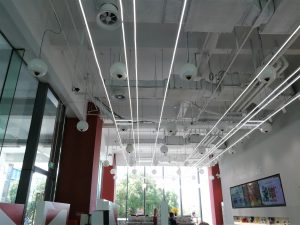
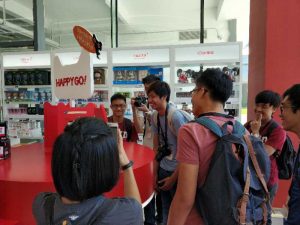
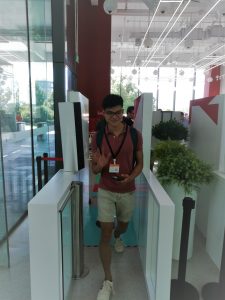
Employees working for Alibaba have to engage in at least three hours of community service annually. From a Singaporean point of view, three hours of community service annually seems quite little. But, from the perspective of a Chinese employee, three hours is actually quite a lot considering that they work long hours and even on weekends.
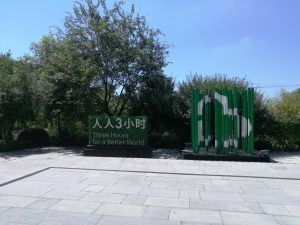
We ended the excursion with a visit to More Mall (猫茂), a “smart” shopping mall opened by Alibaba. Within More Mall, there is this giant screen displaying the statistics of the mall. This includes the number of visitors and cars for the day, the number of vacant carpark lots, the age group and gender distribution of visitors, the heat signature map of one floor, store rankings based on popularity and the environmental conditions within the mall. I found this very intrusive; it felt as though I was under constant surveillance.
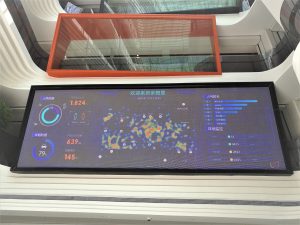
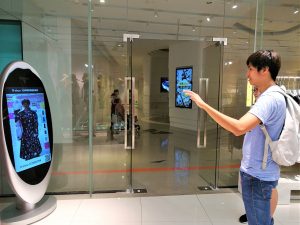
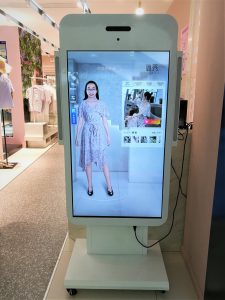
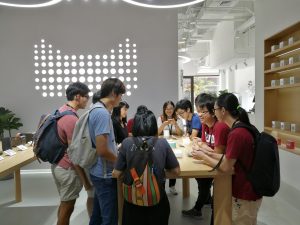
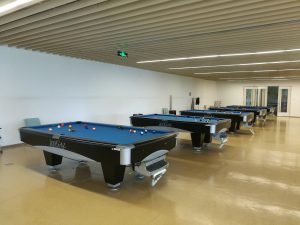
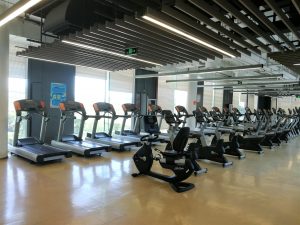
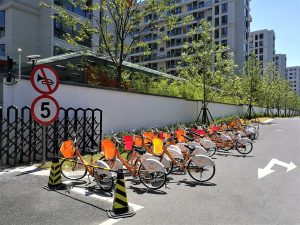

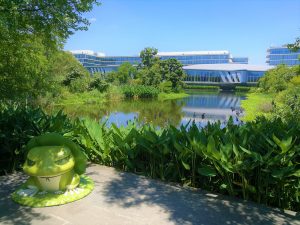
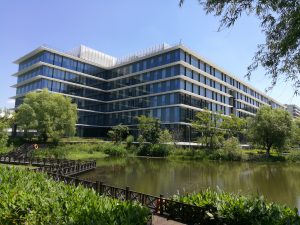
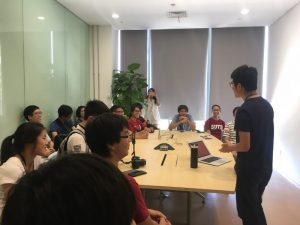
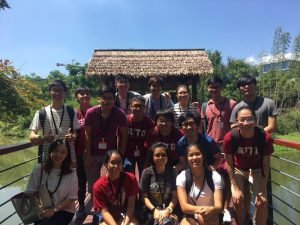
Traditional Bamboo Craft Workshop
Remember my visit to “The Oriental Bamboo Art of Living Exhibition on Asian Bamboo” in week 4? You probably don’t, but anyway, it piqued my curiosity about bamboo craft. And so, I signed up for this 3 day 2 nights Traditional Bamboo Craft Workshop at Baizhang Village (百丈竹意小镇) to feed this curiosity of mine. Over there, I learnt how to weave bamboo strips into a bag and a ball. Admittedly, I was quite bad at weaving; the master had to touch up most of my weaving for my bamboo bag to even look “ok”. On the last day, we made a trip up the mountains to experience bamboo cutting and shaving. Until now, I still find it impressive how the weaving structure can both hold the bamboo strips together without using any adhesives and bear weight so well.
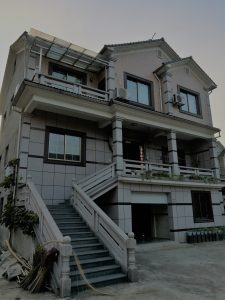

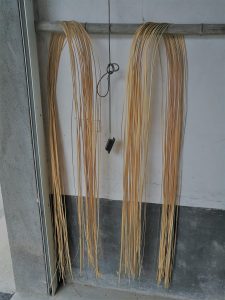
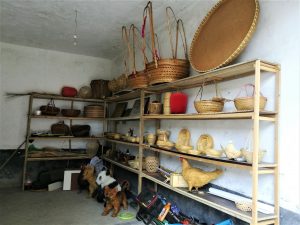
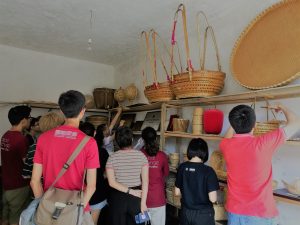
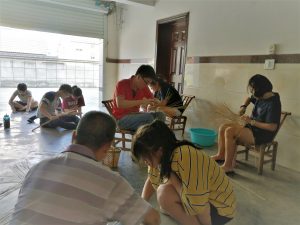
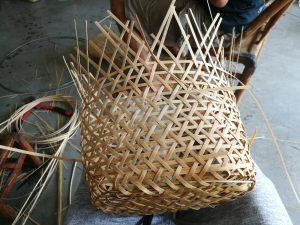
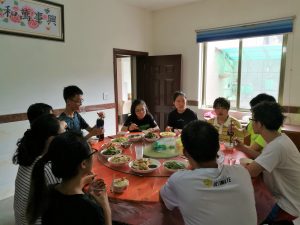
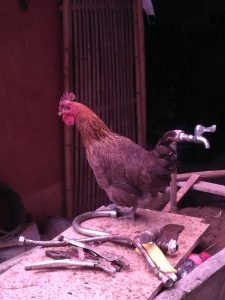
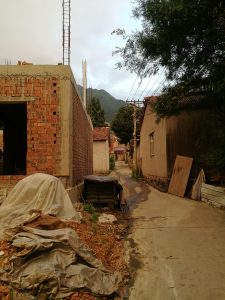

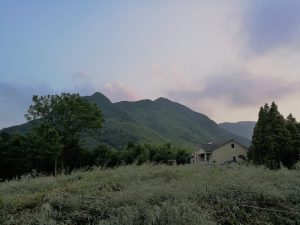

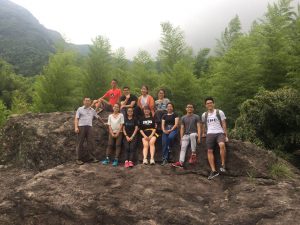
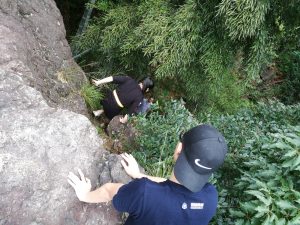
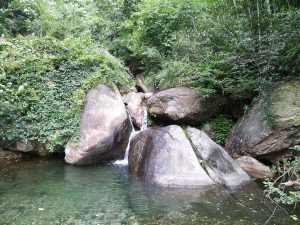
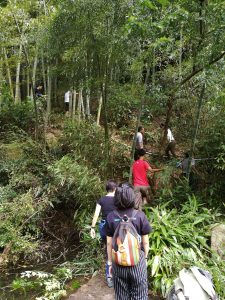
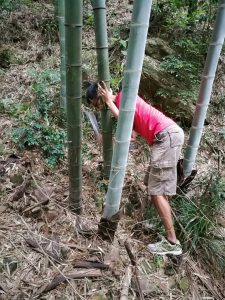
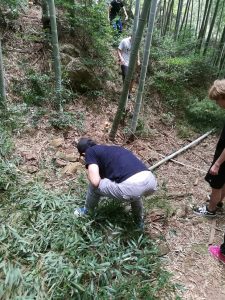
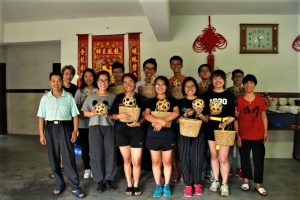
This pretty much sums up the week. Got to go now – I still have a model to make!!!
